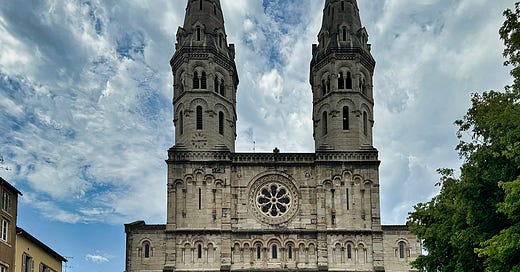The Eglise Saint-Pierre de Mâcon is a prominent Roman Catholic church located in the town of Mâcon, in the Burgundy region of France. Built in the late 19th century, it stands as a fine example of neo-Romanesque architecture, a style that harkens back to earlier medieval traditions with rounded arches, solid stone construction, and intricate detailing.
Click here to see where the church is located on Google Maps
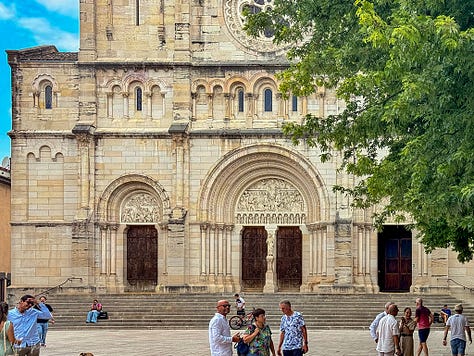
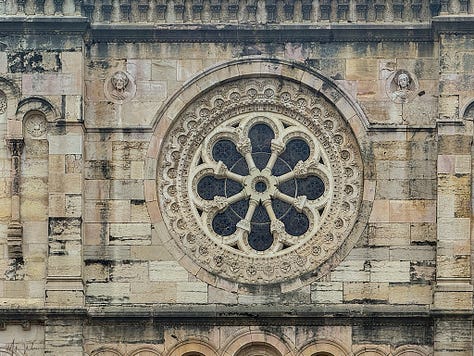
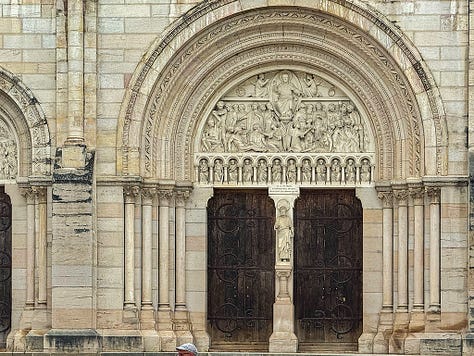
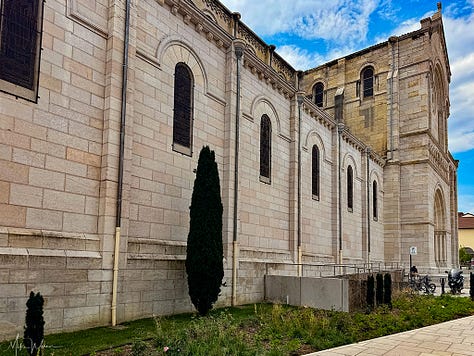
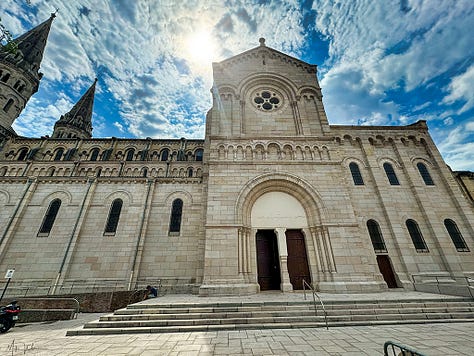
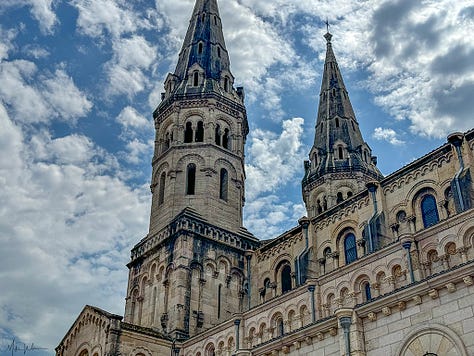
The church was designed by the renowned French architect Berthier, and its construction took place between 1859 and 1865. The architectural design reflects a sense of grandeur, with twin towers flanking the entrance and a central nave that leads to an expansive interior filled with light. The façade is particularly striking, adorned with sculptural elements and carvings that demonstrate the skill of the artisans involved in its creation.
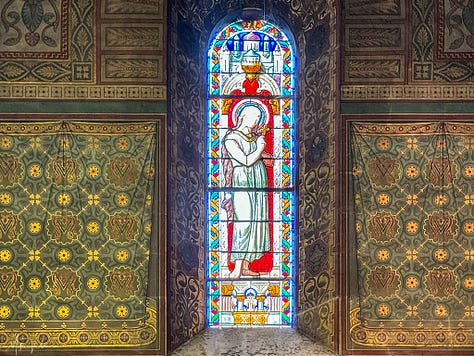

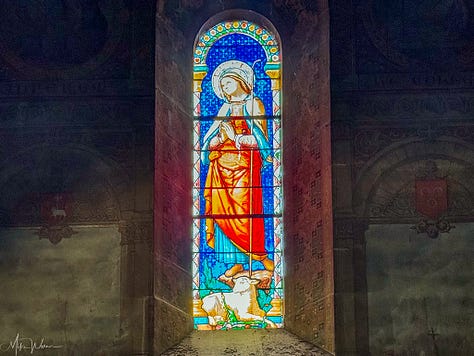

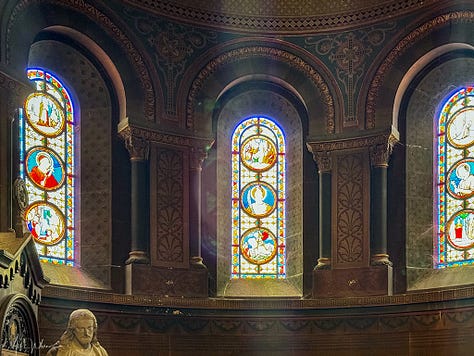
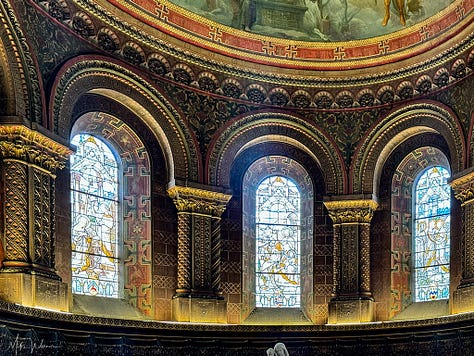
Inside, the church has a spacious, serene atmosphere. The stained glass windows add vibrant color to the interior, depicting scenes from the Bible and the lives of saints. These windows, crafted by local artisans, are considered among the finest features of the church.
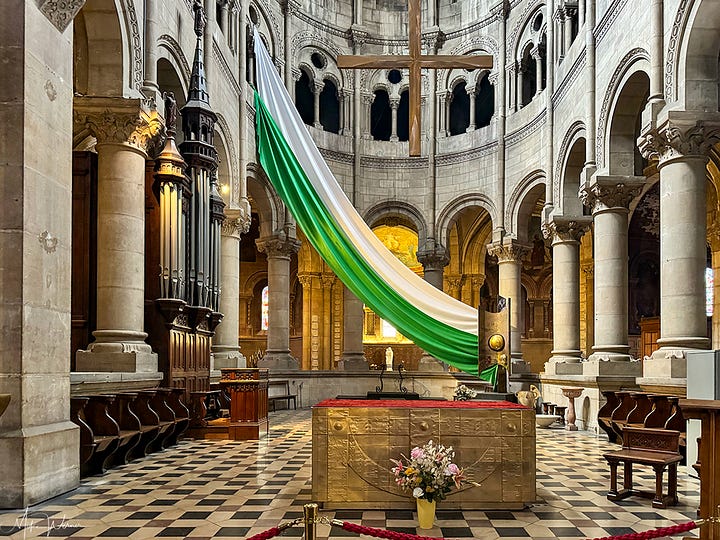
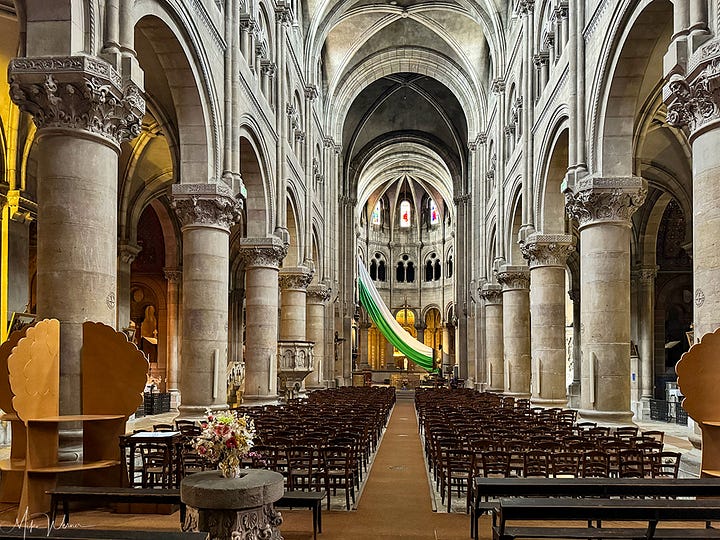
Designed in the 19th century, the altar reflects the neo-Romanesque style that dominates the architecture of the church. It is crafted from finely worked stone, which gives it a sense of permanence and sanctity appropriate for its religious function.
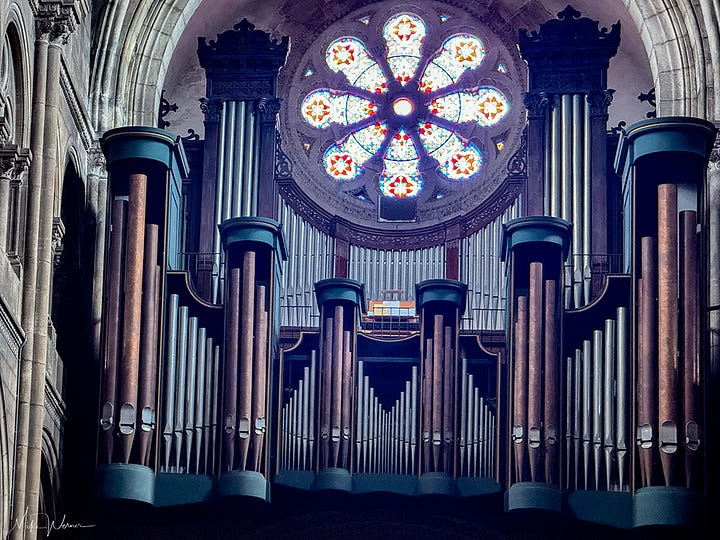
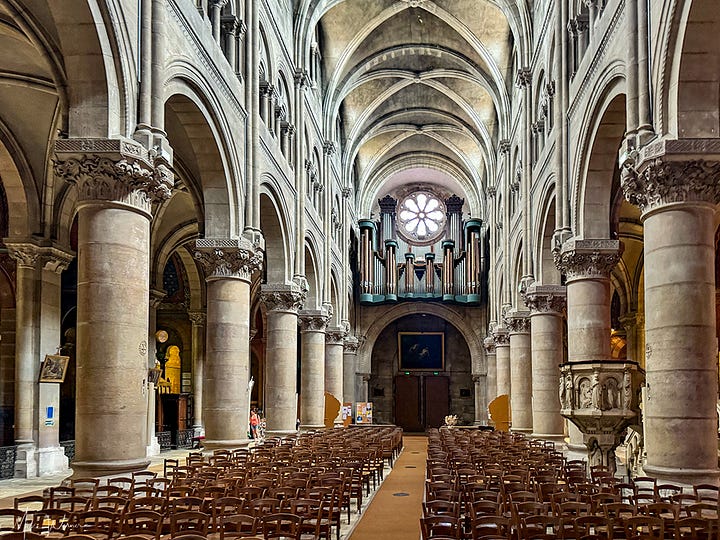
One of the key features of Église Saint-Pierre is its organ, which was installed in the 19th century and remains an important part of its musical heritage. The church continues to serve as an active place of worship and a site for cultural events, including concerts, drawing both the faithful and visitors interested in its architectural beauty and historical significance.
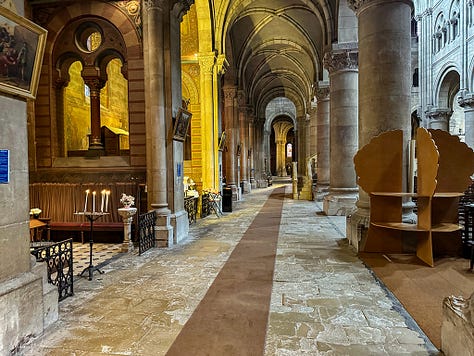
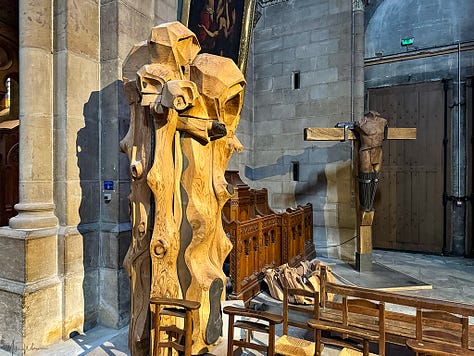
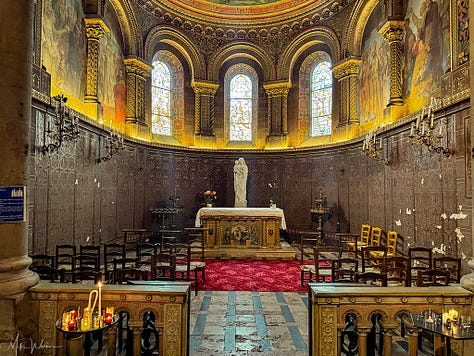
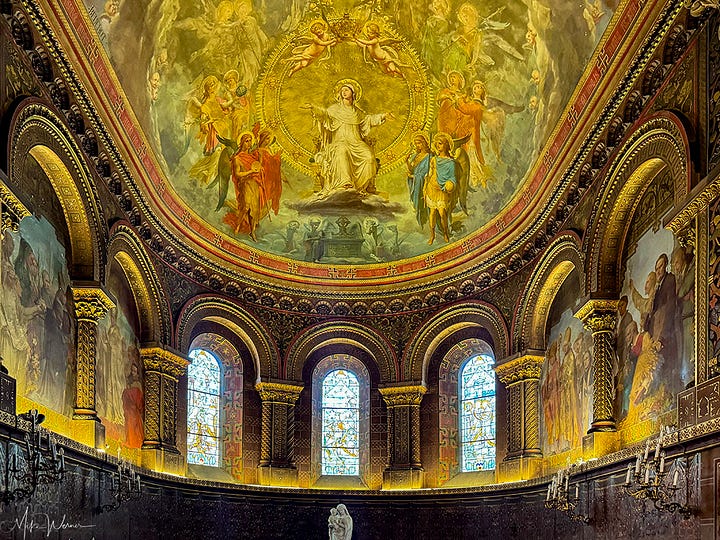
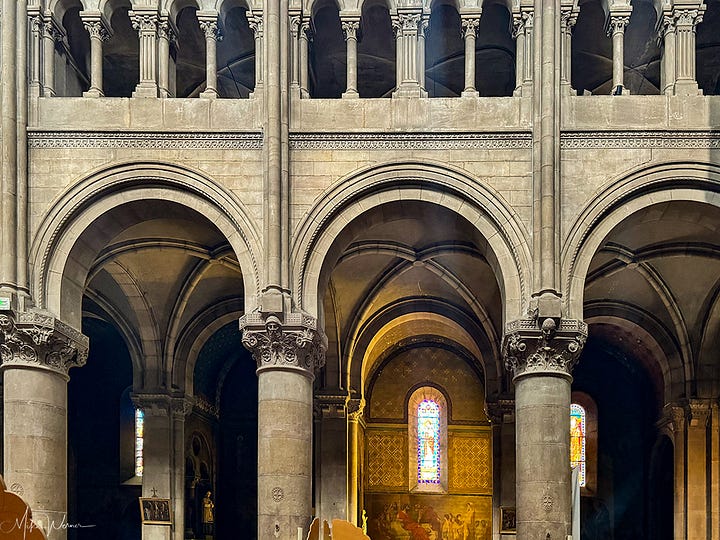
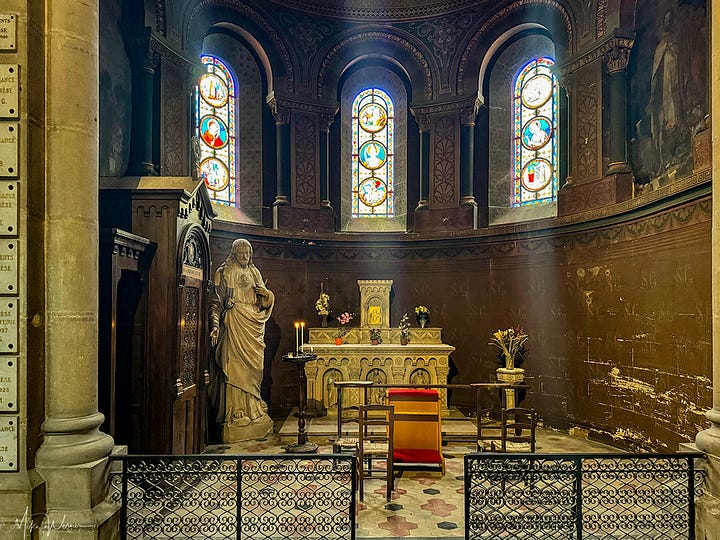
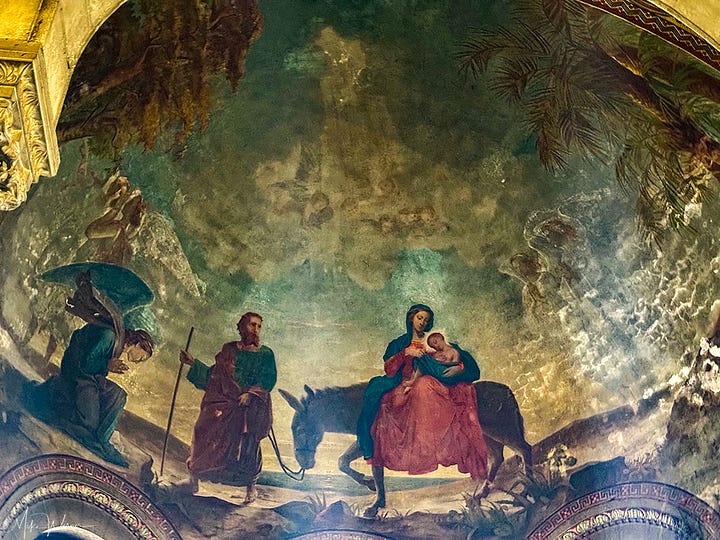
The church’s location in the heart of Mâcon makes it a notable landmark for both residents and tourists. Its neo-Romanesque design, historical importance, and artistic elements reflect the religious and cultural traditions of the region, making it an integral part of Mâcon’s heritage.

